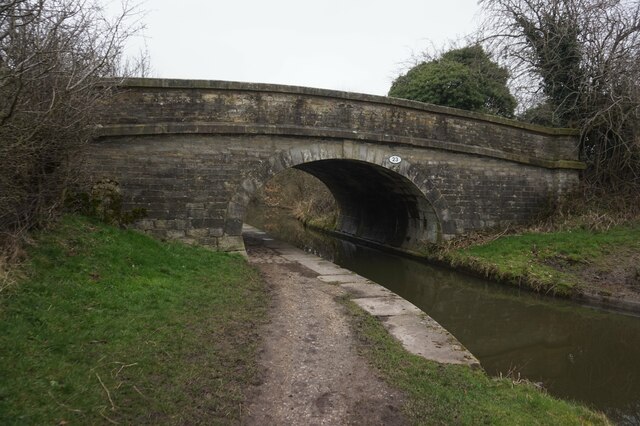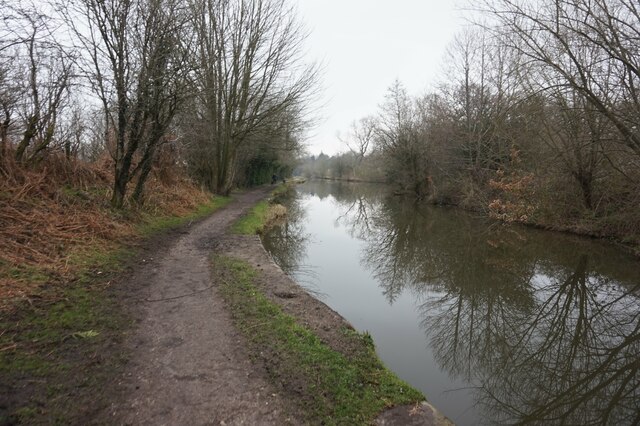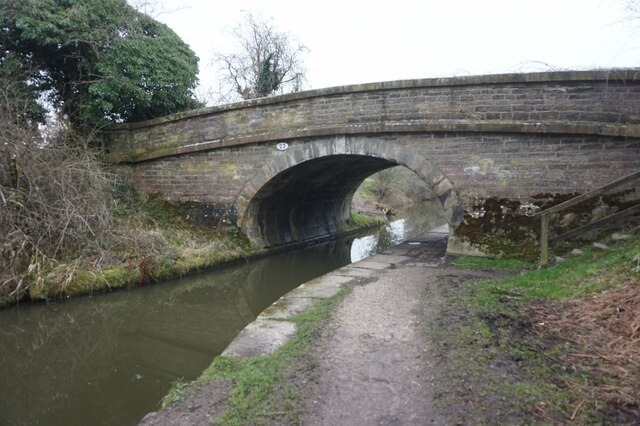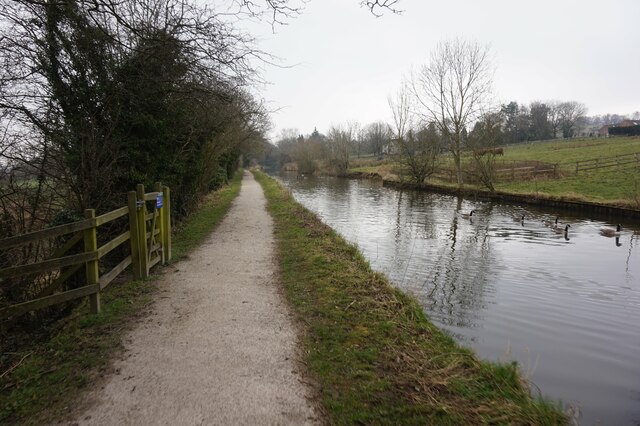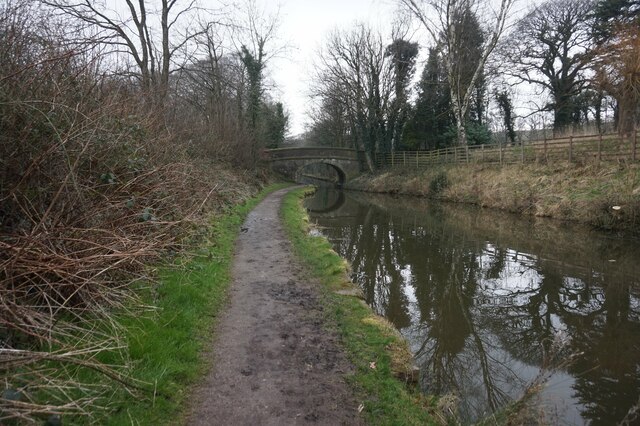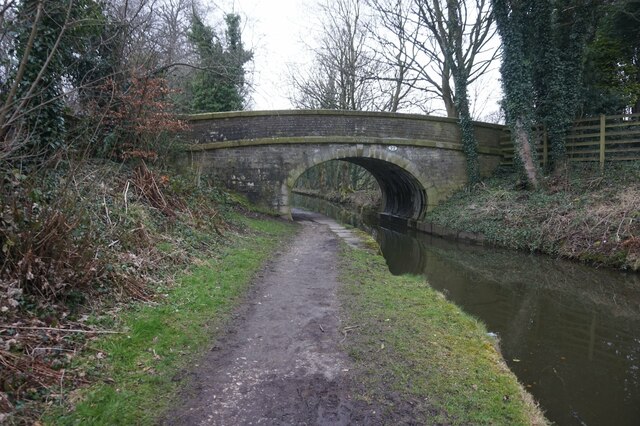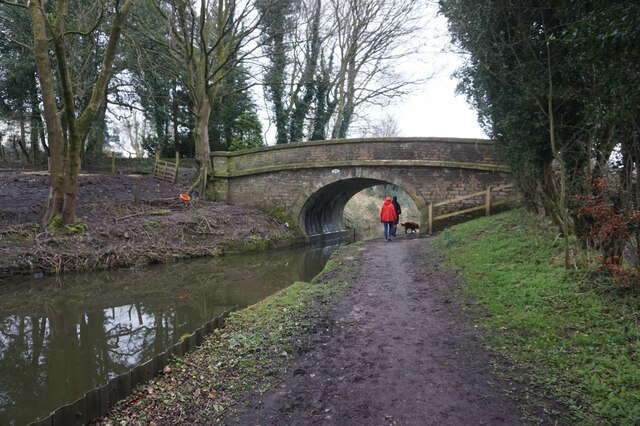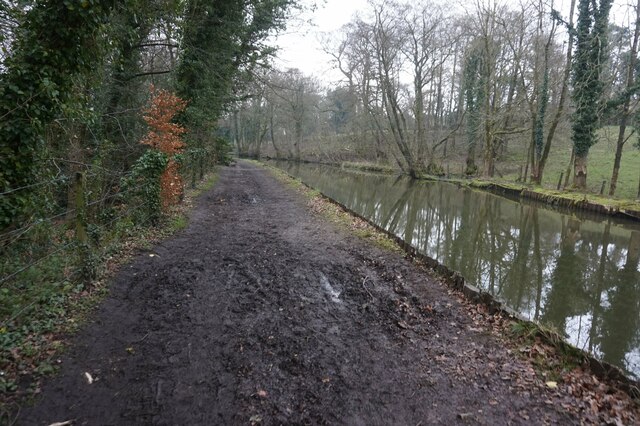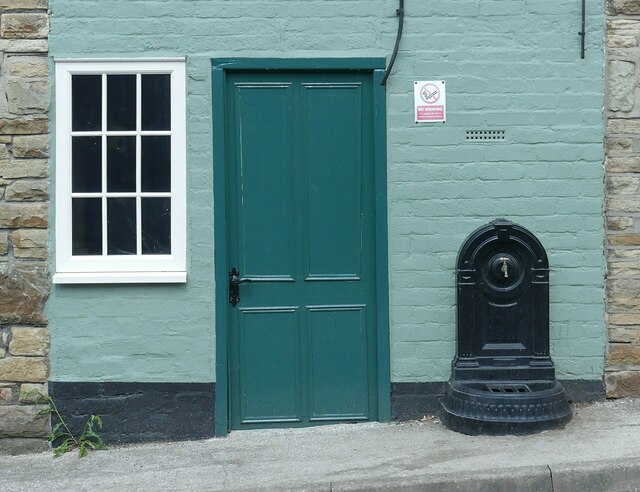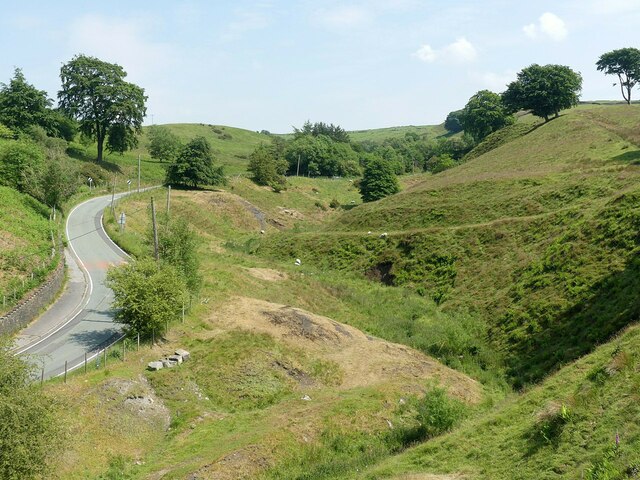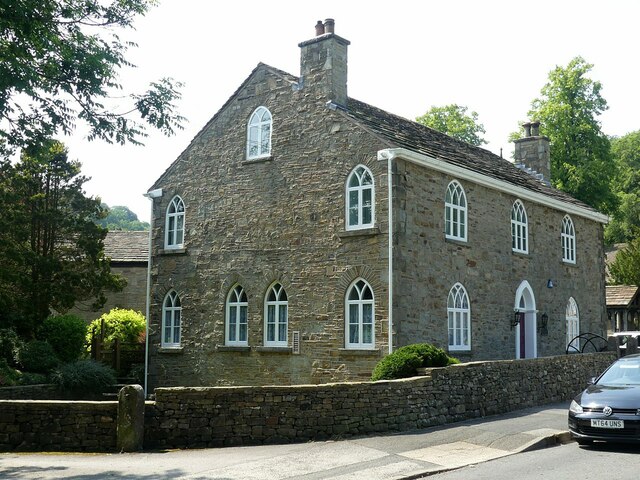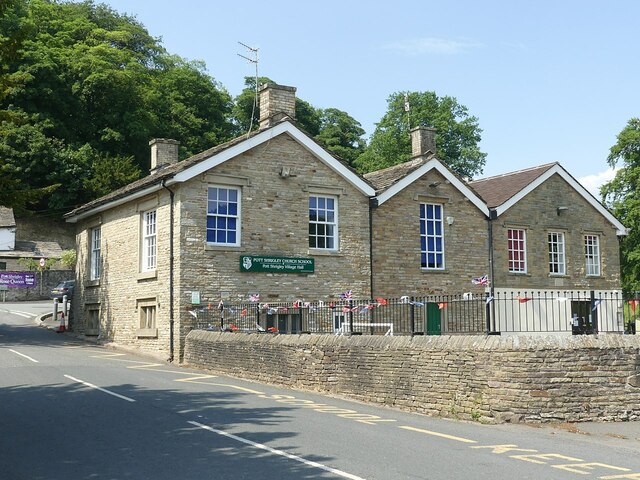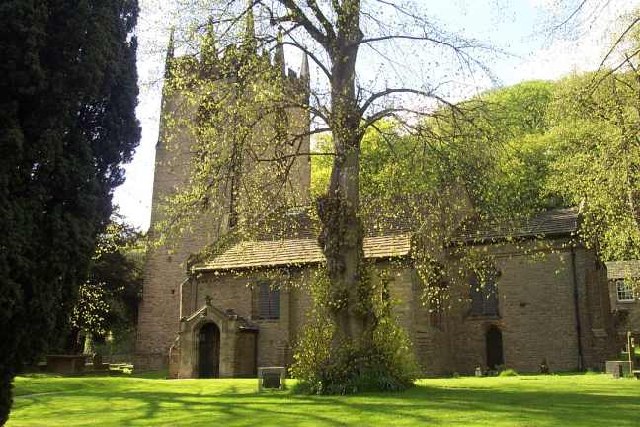Gibhill Wood
Wood, Forest in Cheshire
England
Gibhill Wood
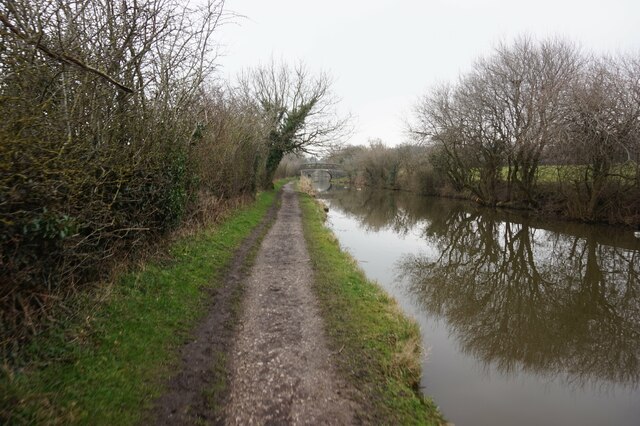
Gibhill Wood is a picturesque forest located in Cheshire, England. Covering an area of approximately 100 acres, it is a popular destination for nature enthusiasts and outdoor activities. The wood is situated near the village of Nantwich and is easily accessible from the surrounding areas.
One of the key features of Gibhill Wood is its diverse range of tree species. It is predominantly composed of broadleaf trees, including oak, beech, and birch. The dense canopy created by these trees provides a shady and tranquil environment, making it an ideal spot for walking, hiking, and birdwatching.
The wood is home to a variety of wildlife, including birds, squirrels, and rabbits. Birdwatchers can spot a range of species such as great tits, blue tits, and woodpeckers. The forest floor is also abundant with wildflowers and ferns, adding to the natural beauty of the surroundings.
Gibhill Wood is intersected by a network of footpaths and trails, allowing visitors to explore its beauty at their own pace. There are also designated picnic areas and benches for those looking to relax and enjoy a meal amidst nature.
The wood is well-maintained and managed by local authorities, ensuring its preservation and accessibility for future generations. It is a cherished natural asset in the region, offering a peaceful retreat for individuals and families seeking a break from the hustle and bustle of everyday life.
If you have any feedback on the listing, please let us know in the comments section below.
Gibhill Wood Images
Images are sourced within 2km of 53.320711/-2.0856032 or Grid Reference SJ9480. Thanks to Geograph Open Source API. All images are credited.
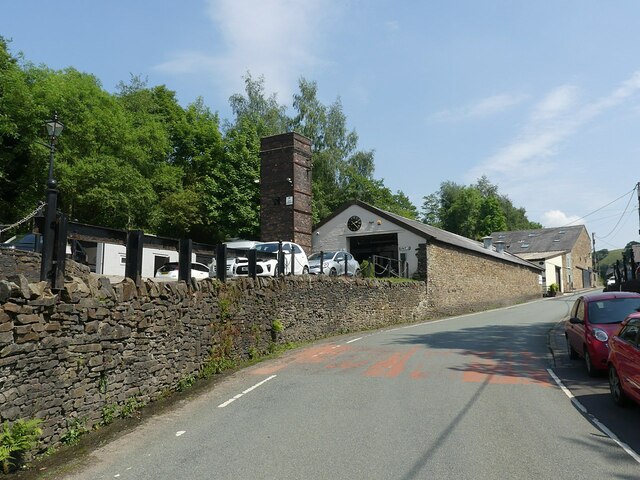
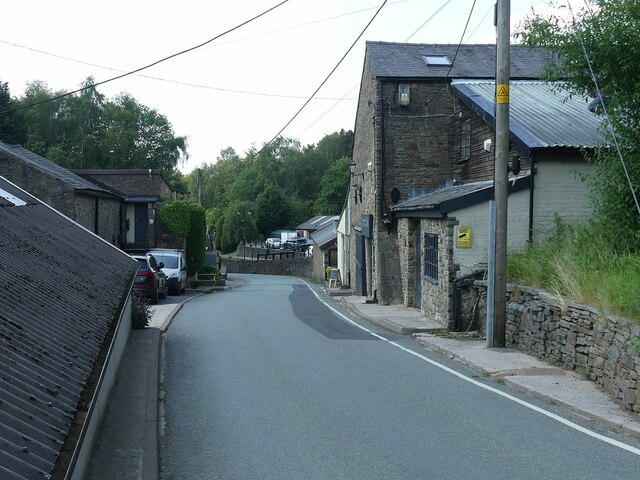
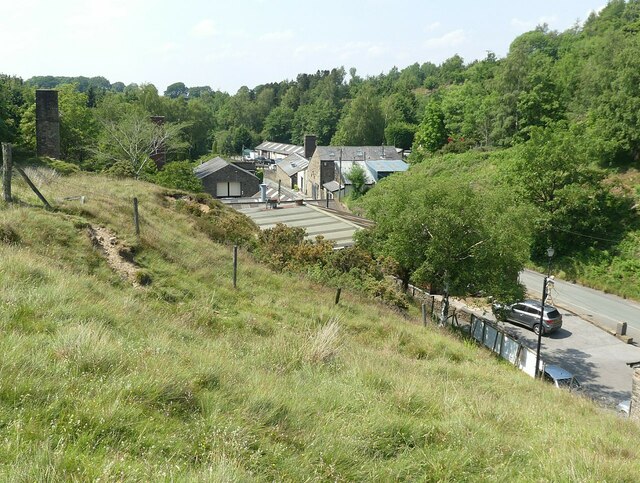
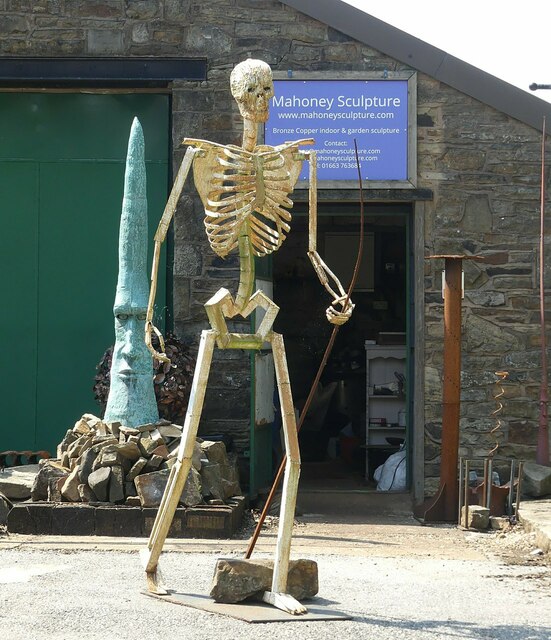
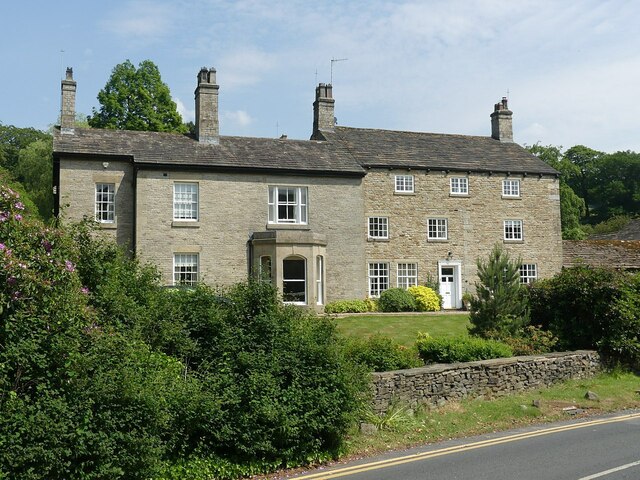
Gibhill Wood is located at Grid Ref: SJ9480 (Lat: 53.320711, Lng: -2.0856032)
Unitary Authority: Cheshire East
Police Authority: Cheshire
What 3 Words
///unwound.value.pushing. Near Pott Shrigley, Cheshire
Nearby Locations
Related Wikis
Shrigley Hall
Shrigley Hall is a former country house standing to the northwest of the village of Pott Shrigley, Cheshire, England. It has since been used as a school...
Leonard Haigh
Leonard Haigh (19 October 1880 – 6 August 1916) was an English rugby player. He won seven caps for England between 1910 and 1911, and also represented...
St Christopher's Church, Pott Shrigley
St Christopher's Church is in the small village of Pott Shrigley, Cheshire, England. The church is recorded in the National Heritage List for England...
Pott Shrigley
Pott Shrigley is a small village and civil parish in the unitary authority of Cheshire East and the ceremonial county of Cheshire, England. According...
Nearby Amenities
Located within 500m of 53.320711,-2.0856032Have you been to Gibhill Wood?
Leave your review of Gibhill Wood below (or comments, questions and feedback).
